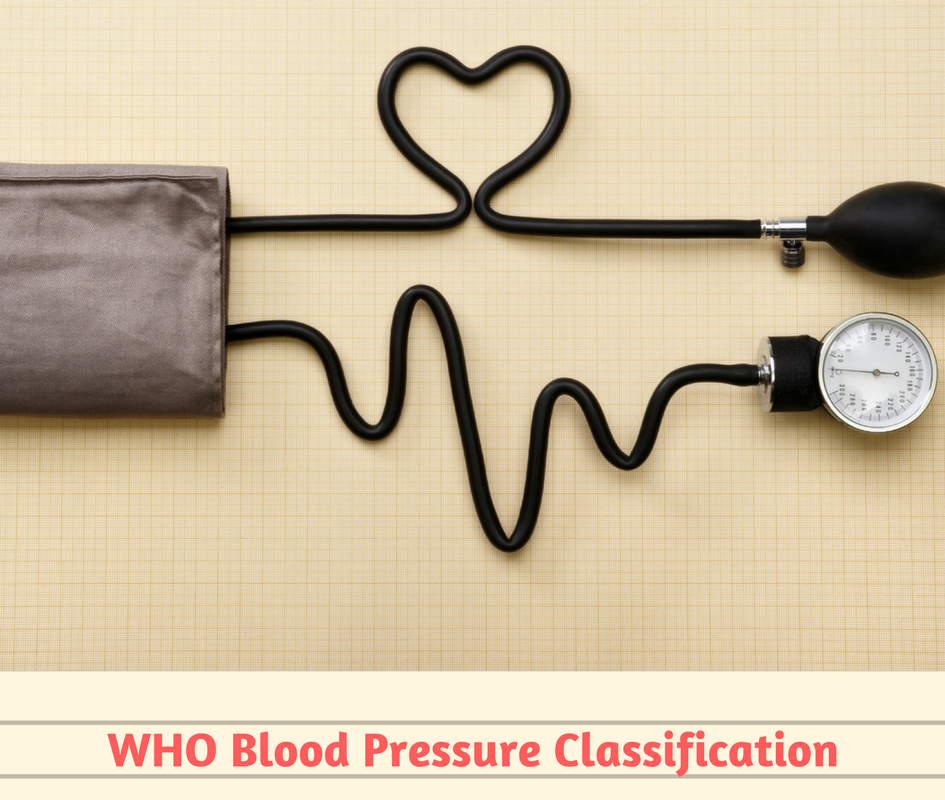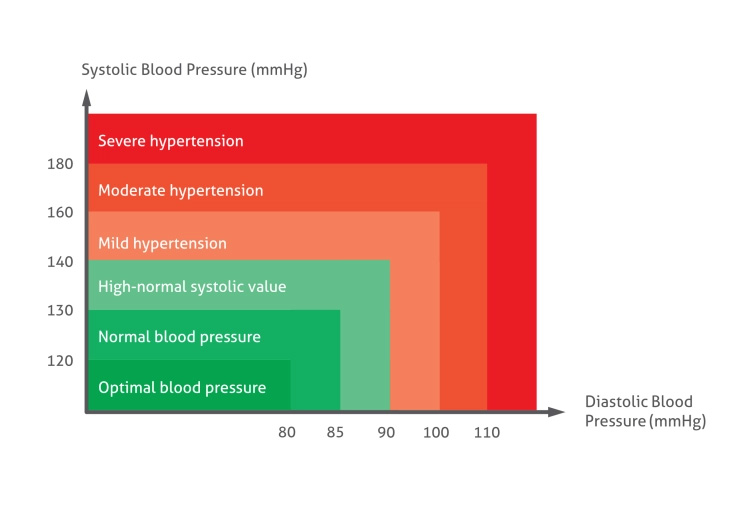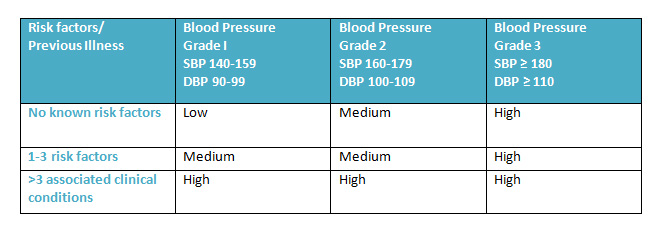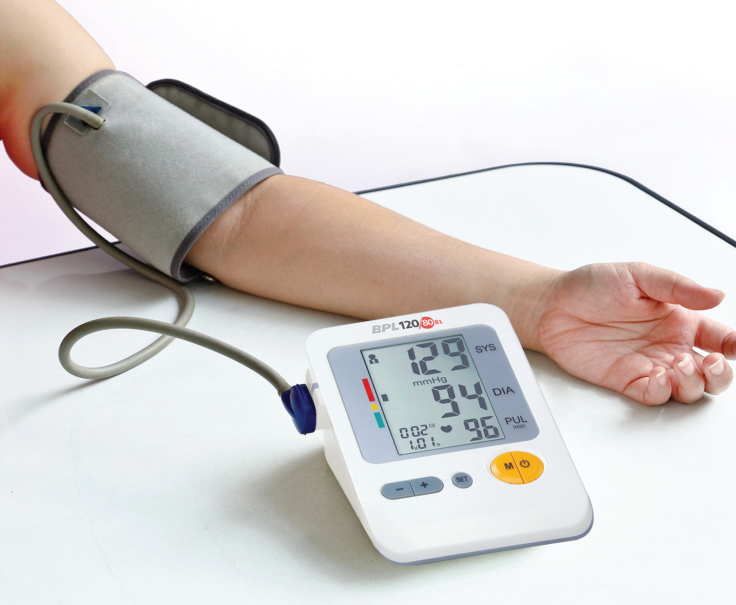
At this day and age, blood pressure is a household term and the awareness around maintaining a ‘normal’ blood pressure is increasing. If you’re wondering how and why, check out our article on blood pressure that would help you understand it deeper.
While 120/80 is a well known common number that is associated with blood pressure, above what range is it called ‘Hypertension’ and when is it called ‘Hypotension’?
In common practice, we consider anything below and equal to Systolic Blood Pressure 120 and Diastolic Blood Pressure 80 as normal whereas anything above 140 and 90 are considered higher.
WHO Blood Pressure Guidelines
WHO – World Health Organization is an entity of United Nations that is concerned with international health. By working in more than 150 countries, WHO has set guidelines for international health. Hypertension being one of the prevalent factors for cardiovascular diseases, WHO publishes a set of guidelines around Blood pressure from time to time.
The guidelines last published in 1999 were revised to include recent trends in all the representative countries.
Following the ALLHAT results (Antihypertensive and Lipid-Lowering Treatment to Prevent Heart Attack Trial) , WHO guidelines were also revised. The grades of hypertension can be seen in the graph below:

As per the guidelines, we can infer that readings above 140/90 are on the higher side and that some remedial actions need to be taken.
What do they mean to me?
So, now that you know what the grades are, here’s what it can mean to you.
High Blood pressure over time can easily increase the chances of stroke/heart attack and it can adversely affect your eyes and kidneys. While WHO guidelines can only be a start to know where you stand, 120/80 is not a one size fits all. With no risk factors, 140/90 can be medium hypertension cardiovascular risk whereas with an associated clinical condition, 140/90 can mean high hypertension cardiovascular risk

Adapted from: WHO BP guidelines and cardiovascular risk
Check your BP regularly

A home BP monitor equipped with WHO blood pressure classification can clearly keep a trend of your BP and tell you where you stand on the chart. For example, BPL BP monitor B8 shows you an average of last 3 recordings, shows your WHO classification – where your BP falls on the chart and can be used by the whole family owing to different memory groups. These monitors are cost effective and can help you understand where you stand. Measure your trend and discuss with your physician. Your medications can be tailored according to your body type.
Change your lifestyle

When it comes to blood pressure, sedentary lifestyle has a direct impact – take baby steps if needed by reducing stress, anxiety, improving your diet, take control of your BMI and make sure that you exercise (however little you can). Consider increasing your fruit and vegetable intake, reduce sodium and increase dietary potassium and make a conscious effort to reduce alcohol consumption. Remember, it’s never too late to make a change.
Related Links:



Comments
The recent update by the World Health Organization (WHO) on blood pressure guidelines is definitely a step in the right direction. As a healthcare provider, I am thrilled to see that the new guidelines prioritize early intervention and management of hypertension to prevent serious cardiovascular events.
By kumar
Very nice blog, Valuable information you are sharing. We also share some information about dignosis. best health packages in hyderabad best diagnostics in hyderabad diagnostic laboratory services medical diagnostic center.
By GHI Diagnostics